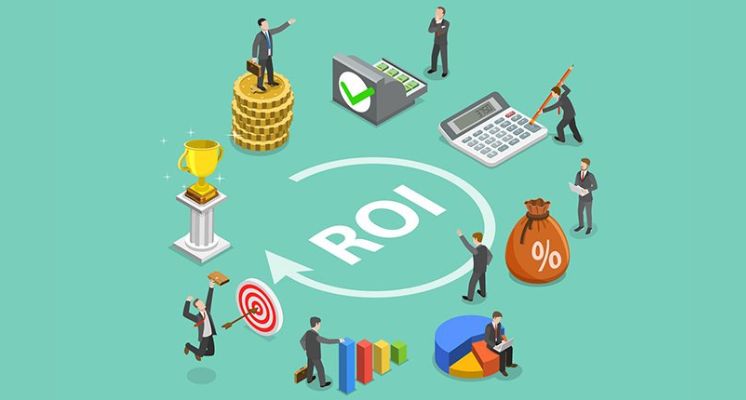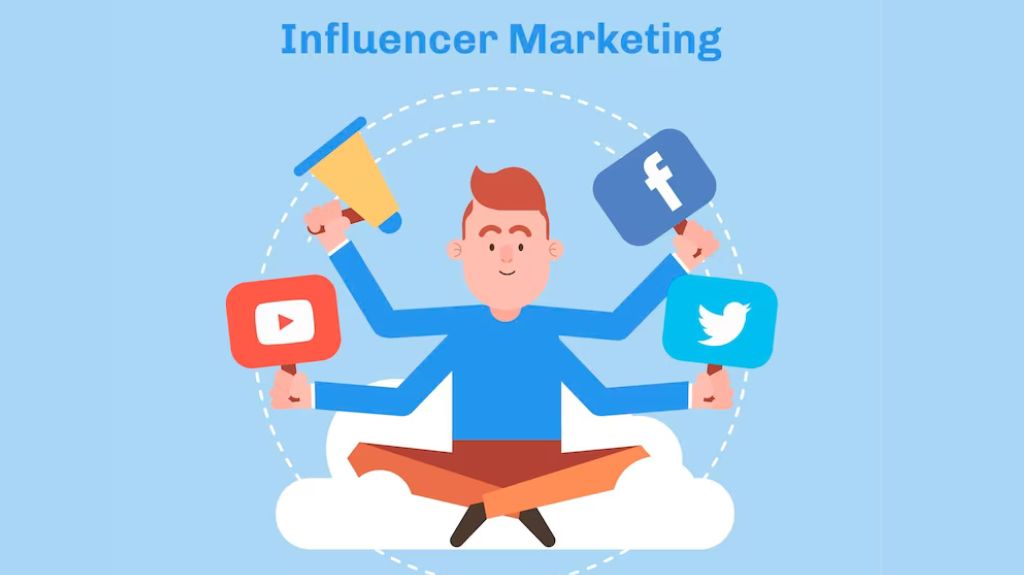Unlocking Success: Maximizing ROI with Influencer Marketing
In today’s digital age, where consumers value authentic recommendations, influencer marketing has become a game-changer for businesses worldwide.
At its core, influencer marketing involves partnering with individuals who possess a genuine influence over their dedicated followers. These influencers have the ability to sway opinions, shape trends, and create meaningful connections with their audience. However, in a competitive landscape, it’s not enough to simply collaborate with influencers; the true power lies in maximizing the return on investment (ROI) of these partnerships.

Why is maximizing ROI crucial in influencer marketing?
It’s simple: every marketing effort should generate measurable results. By strategically optimizing your influencer campaigns, you can ensure that your investment translates into tangible business outcomes. Whether it’s increasing brand awareness, driving sales, or fostering customer loyalty, maximizing ROI is the key to unlocking the full potential of influencer marketing.

Maximizing ROI in Influencer Marketing
Maximizing ROI in influencer marketing involves implementing strategies that not only drive brand awareness and engagement but also deliver tangible business outcomes. Here are some key aspects to consider:
A. Monitoring and Analyzing Campaign Performance using Data and Analytics:
- Implement robust tracking mechanisms to collect relevant data and metrics.
- Analyze performance indicators such as reach, engagement, impressions, clicks, and conversions.
- Utilize analytics tools to gain insights into audience behavior, demographics, and preferences.
- Continuously monitor campaign performance to identify trends, patterns, and areas for improvement.
B. Optimizing Influencer Partnerships based on Insights and Feedback:
- Maintain open communication with influencers and seek their input and feedback.
- Regularly assess the impact of influencer collaborations on campaign goals and ROI.
- Use performance data and feedback to refine influencer selection and collaboration strategies.
- Adapt and iterate campaign tactics based on the insights gained from influencers’ experiences.
C. Exploring Strategies for Increasing Conversions and Driving Sales through Influencer Collaborations:
- Collaborate closely with influencers to create content that encourages action and conversions.
- Develop compelling call-to-action (CTA) strategies to prompt audience engagement and drive sales.
- Offer exclusive promotions, discounts, or incentives through influencers to entice their audience.
- Track conversions and attribute them to specific influencer partnerships to measure ROI accurately.
By actively monitoring campaign performance, optimizing influencer partnerships, and focusing on increasing conversions and driving sales, brands can maximize their ROI in influencer marketing. It is essential to establish a data-driven approach and continuously refine strategies to achieve measurable and impactful results.
Performance Measurement and Optimization
A. Key Metrics to Track and Measure the Success of Influencer Campaigns:
- Reach: Measure the size of the audience exposed to the influencer’s content.
- Engagement: Track metrics such as likes, comments, shares, and click-through rates.
- Impressions: Measure the number of times the influencer’s content is displayed to users.
- Conversions: Track the number of desired actions taken by users, such as purchases or sign-ups.
- Return on Investment (ROI): Calculate the financial return generated by the influencer campaign.
B. Monitoring and Analyzing Data to Identify Areas for Improvement:
- Use analytics tools to collect and analyze data related to campaign performance.
- Identify trends, patterns, and correlations within the data.
- Evaluate the effectiveness of different influencers, content types, or promotional strategies.
- Assess audience demographics, behavior, and preferences to refine targeting.
C. Strategies for Optimizing Campaigns Based on Performance Insights:
- Adjust influencer selection based on the performance of previous collaborations.
- Experiment with different content formats, messaging, or storytelling techniques.
- Refine the frequency and timing of influencer posts to maximize reach and engagement.
- Test different call-to-action strategies and landing page optimizations.
- Use A/B testing to compare the effectiveness of different campaign elements.
- Iterate and adapt campaign strategies based on data-driven insights and feedback.
By implementing these strategies and tactics in your own influencer marketing campaigns, you can unlock the potential for tremendous success. Remember, influencer marketing is a journey, and continuous improvement and adaptation are crucial to staying relevant and achieving your goals. Embrace these approaches, leverage the power of influencers, and propel your brand towards new heights of success.
Visit our Influencer Portfolio: https://pucholimelight.com/influencers/



